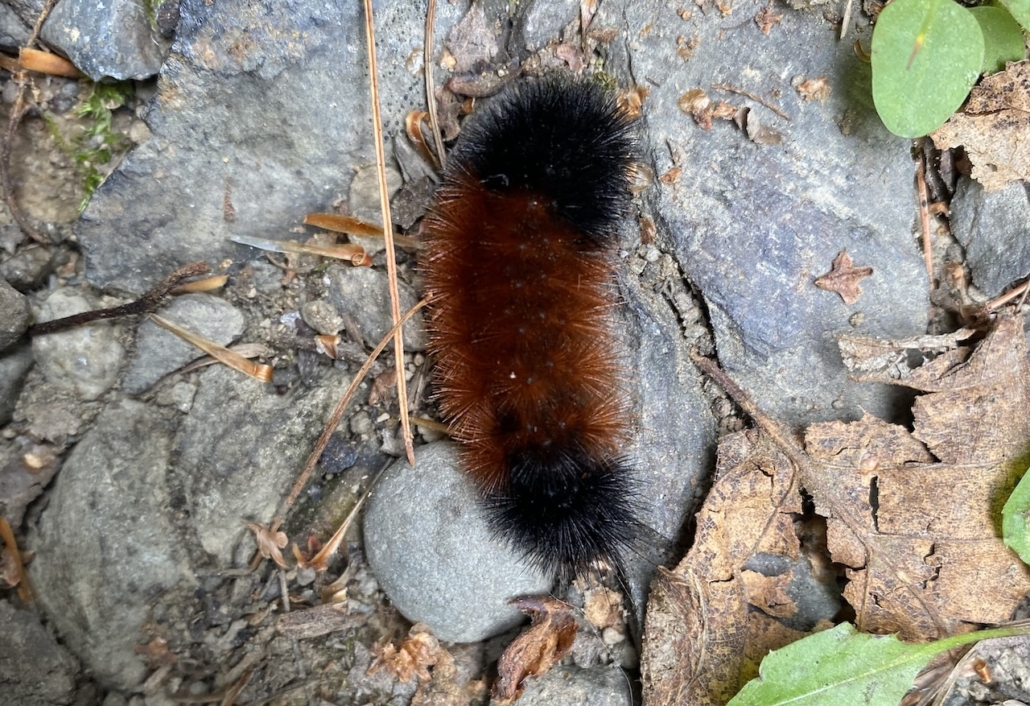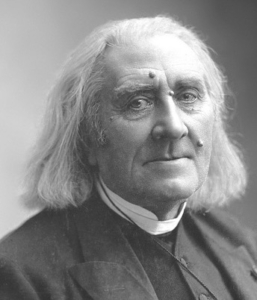VETERANS CORNER: Don’t give up your search for VA aid because you don’t think you served long enough
by Gary Kennedy
I always wonder what I will write about each week. Sometimes I even change my mind after writing for hours. It’s not because I’ve made an error but for some reason the article doesn’t seem to be timely or appropriate for that week. This has become a relatively new dilemma for me. Perhaps its age related. I have to blame something. In any case I start flipping through the maze of paperwork on my desk and eventually I will run across a note reminding me to address certain issues relevant to you and me.
I have decided this week to address a recent situation that I have run across in variations that I believe might be helpful to a couple of Vets and perhaps others who have given up their search for aid because they don’t believe they were in the military long enough or they were discharged with other than an honorable discharge. Even if a discharge says dishonorable it doesn’t mean all is lost.
I will discuss that one upon request. First thing is to present your DD214 to see what it actually tells us. A General Discharge tells us that you were discharged with a satisfactory performance, but not the best. This is a discharge that is often given because of some minor misconduct or failure to meet certain standards. This would imply a General Discharge under honorable conditions. We have seen many of those of late because of those who wouldn’t comply with the militaries recent shot mandate. The veteran can defend themselves either in writing or orally. The veteran’s future rides on what is written on his DD214. Review DD-293 and DD-149 to see if these would apply for your situation. (Upgrade of records) Also, your V.S.O., at Togus, should be able to help you forward with this. In any case don’t be afraid of it. Don’t dismiss what may be available to you. Most things can be made better. When approaching the VA don’t forget to have your DD214 available.
Go to Building 200, the main building, Department of Eligibility. The young lady working there is very good at what she does and can guide you on your way. The question that comes with this problem was time in the military. The last I knew, and I doubt that it has even changed is time in service. Active duty time is 90 days. So, if you have served your country on active duty for 90 days or more you should have no problem. Most soldiers I have dealt with that brought that problem up were reservists. Their active duty is ormally 88 days. The reason is obvious? If the unit is activated then there is no question there as well.
The problem you seem to be having is asking for help. I can assure you most V.S.O’s at Togus are more than happy to serve you. Being short handed, they might get a little stressed out at times but for the most part they are happy to see and aid you in your request. Don’t be afraid of seeking out that what you have earned over the years. There are many benefits that have been given and there are many not being claimed.
VA is undergoing some interior renovation I want to discuss with you and get your opinion. I will save that for next time. Fall is here, most of the fairs are gone and the kids are back in school. Drive safe and watch out for those yellow buses. God bless you and yours and have a great weekend, as well as a wonderful foliage season. Next weekend will be a wonderful family drive to Rangeley. The color should be spectacular.











 By taking an online survey you can help millions of people with liver disease—maybe even yourself – get the treatment they need.
By taking an online survey you can help millions of people with liver disease—maybe even yourself – get the treatment they need.









